SUMMARY
This is AI generated summarization, which may have errors. For context, always refer to the full article.
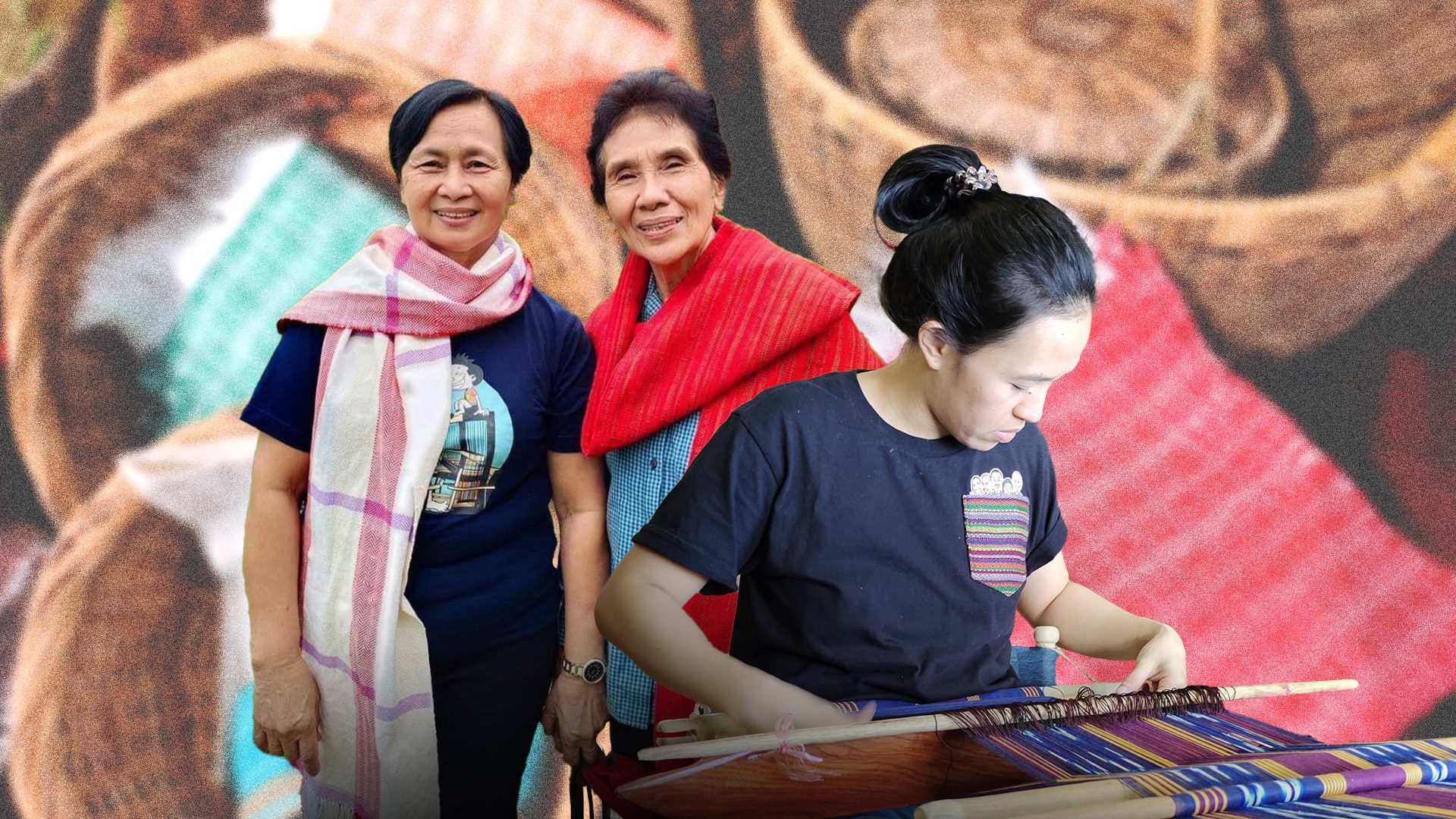
MANILA, Philippines – In 2020, decades after the last weaver in Dupax del Sur died, the people of the town learned to weave again.
For an entire month, they sat at looms and interlaced countless threads until they became pieces of cloth. The students included men and women both – some school-age teenagers and others in their senior years, most of them part of the Isinay indigenous group.
Theirs was an unlikely teacher – not an Isinay elder, but a slight, 30-something-year-old woman – a stand-up comic who had recently returned to Dupax del Sur in Nueva Vizcaya with her family to stay away from the COVID-19 surge.
Jeannie, who is Isinay and Ilocano, had only been weaving for a couple of years at the time. Despite having roots in two cultures with a history of weaving, Jeannie didn’t know much about the craft until she actually started practicing it.
“Growing up, wala na kaming trace of weaving sa place namin. Wala nang nagweweave as in wala. Kasi the last weaver namatay siya noong 1970s pa. As in namatay siya hindi niya naipasa dun sa mga anak niya or kahit kamag-anak niya. So wala talaga kaming weaving equipment na natitira sa Dupax growing up. Kahit nga yung mga matatanda parang hindi nila maalala kung sino yung mga may loom pa sa bahay nila. As in wala na talaga,” she told Rappler.
(Growing up, we had no trace of weaving in our place. No one was weaving, literally no one. The last weaver died in the 1970s. They died without passing on the knowledge to their kids or relatives. So we didn’t have weaving equipment left in Dupax growing up. Even the elders, they couldn’t remember who else had looms in their homes. There was really nothing.)

Then Jeannie gave birth to her son. From being out doing comedy shows most of the time, she suddenly found herself staying home to care for her baby. Bored and looking for something to do, she thought about weaving.
At the time, Jeannie had gotten into baby wearing – the practice of carrying your baby close to your body using a wrap or a sling.
“Nakita ko na yung cloth na ginagamit nila usually mga hand-woven fabric…Sabi ko paano kaya kung gagawa na lang ako ng something para sa amin ng baby ko. Yung at least ako yung gumawa. Kahit isa lang.” she shared.
(I saw the cloth that they usually use for baby wearing is hand-woven fabric. So I said, what if I just make something for me and my baby. Something that I at least made myself. Even just one thing.)
She started out by doing her research on the weaving process. She visited the Philippine Textile Research Institute (PTRI) where she was able to see firsthand how raw materials like banana leaves and cotton are processed into threads and then turned into fabric. She also visited bazaars that featured woven products and went from booth to booth interviewing weavers.
She then ordered a loom from the husband of PTRI’s master weaver Josie Garlitos. It arrived after a month, and at that point, there was nothing left for Jeannie to do but weave.
With the help of the ever-reliable YouTube University, Jeannie figured out weaving step by step. It took her two weeks to set up the loom (“dressed” it, as weavers say), and another two weeks of weaving for some eight hours a day, but eventually, she was able to complete her first project: a rainbow-colored baby wrap that is still intact today.

Jeannie shared her literal labor of love on the baby wearing group she’s part of on Facebook. It didn’t take long for her fellow moms to start messaging her, asking if she could make a baby wrap for them, too.
“Sabi ko nagprapractice lang ako, okay lang ba na medyo matagal? Okay lang daw. So parang after yung ginawa ko yung akin, ginawan ko na rin yung first customer ko. And then after that tuloy-tuloy na,” she said.
(I said I was still practicing, would it be okay if it takes a while? They said it was okay. So after I made mine, I made one for my first customer. It went on and on after that.)
Reclaiming history
Today, Jeannie’s DIY baby wrap project is a full-blown business called Aruga Handwovens. Aside from baby wraps, she now also sells scarves, bags, shoes, and clothes – all made from handwoven fabrics. And it isn’t just Jeannie behind the loom anymore.
She had long planned to teach other people how to weave so she could have help fulfilling her orders. Weaving, after all, is extremely labor-intensive. It was only during the pandemic, when she returned to Dupax del Sur, that she was able to make that plan happen.

In Dupax, an elder who advocates for the preservation of Isinay culture approached Jeannie and proposed that she hold weaving classes for the community. They approached Carlos Padilla, then-governor of Nueva Vizcaya, who was known to champion culture and tradition.
“So habang andun ako, nag-materialize yung plano. Sobrang bilis sila, parang nagpag-usapan lang namin tapos next month nagweaving workshop na kami (while I was there, the plans materialized. They were so fast. We were just talking about it, and the next month we were doing a workshop already),” she said.
The Isinay people were once known for their weaving tradition, and were considered masters of the Ikat weaving technique, where the looms are strapped around the back and threads are dyed according to the fabric’s design. It’s believed that the Isinays were the ones who taught Ikat weaving to the Ifugao people.
The Isinay’s indigo-dyed, hand-woven Ikat funeral blanket was once renowned – a symbol of prestige among the Cordilleran people. Traditional Isinay attire also includes a top and indigo-dyed skirt made from woven fabric.
But weaving had become long-dormant among the Isinay until Jeannie returned to Dupax and taught the craft to the community. Her first workshop had 12 participants, five of whom would become weavers for Aruga.
Jeannie initially taught them the Ilocano method of weaving, which makes use of a large upright loom and dyed threads. Later on, she and two other weavers from Dupax travelled to Kiangan, Ifugao to learn Ikat weaving, mirroring the cultural exchange that is believed to have happened generations ago.

“Ang nangyari, sila naman, binabalik nila yung technique ng Ikat sa Isinay. So tinuruan kami…ang mission namin ngayon is paramihin pa yung mga Ikat weavers doon sa Dupax del Sur. Kasi yun talaga yung traditional,” Jeannie shared.
(What happened was, they’re the ones who are now returning the Ikat technique to the Isinay. They taught us…our mission now is to have more Ikay weavers in Dupax del Sur because that’s the traditional way.)
Of course, she is mindful of keeping traditions alive, while not misappropriating it. When she makes designs for Aruga, she makes sure to stay away from the symbols and patterns that are used in the funerary blanket, and instead focuses on designing new patterns using the Ikat technique.
As Jeannie says, there is a place for hand-woven fabrics in modern closets. If anything, wearing something so deeply historical, something so lovingly and carefully made, is a point of pride.
“Yung maganda sa weaving kasi parang pag suot mo siya parang meron kang certain pride. Kahit hindi alam ng mga tao na hand-woven siya parang feeling ko ang yabang ako…like proud ako suotin kasi alam ko kahit hindi ako gumawa nung handwoven na ginagamit ko, alam ko na may isang tao talaga na pinaghirapan nila gawin yun,” she said.
(What’s beautiful about weaving is, when you wear it, you feel a certain pride. Even if other people don’t know that it’s hand-woven, I feel proud. I’m proud to wear it because even if I’m not the one who made it, I know that someone really worked hard to make it.)
The glowing smiles of weave wearers convey this pride. Perhaps it is because they know, intuitively, that the cross-section of the personal and the historical looks very much like the colorful, intricate patterns of a hand-woven piece of fabric. – Rappler.com
Add a comment
How does this make you feel?


![[Newspoint] Willful indifference](https://www.rappler.com/tachyon/2024/05/np-willful-indifference-05032024.jpg?resize=257%2C257&crop=270px%2C0px%2C720px%2C720px)
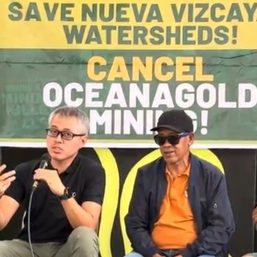



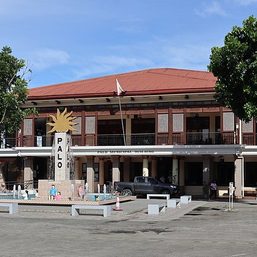
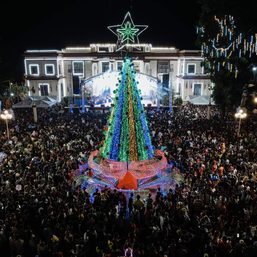
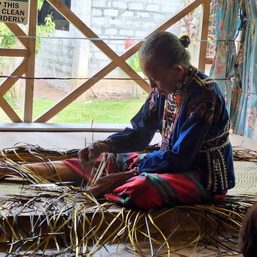
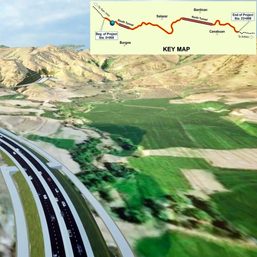
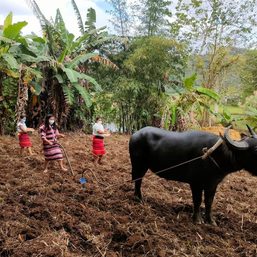
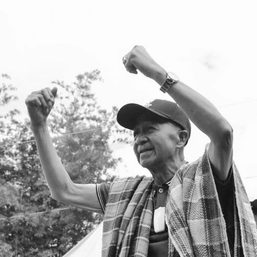
There are no comments yet. Add your comment to start the conversation.